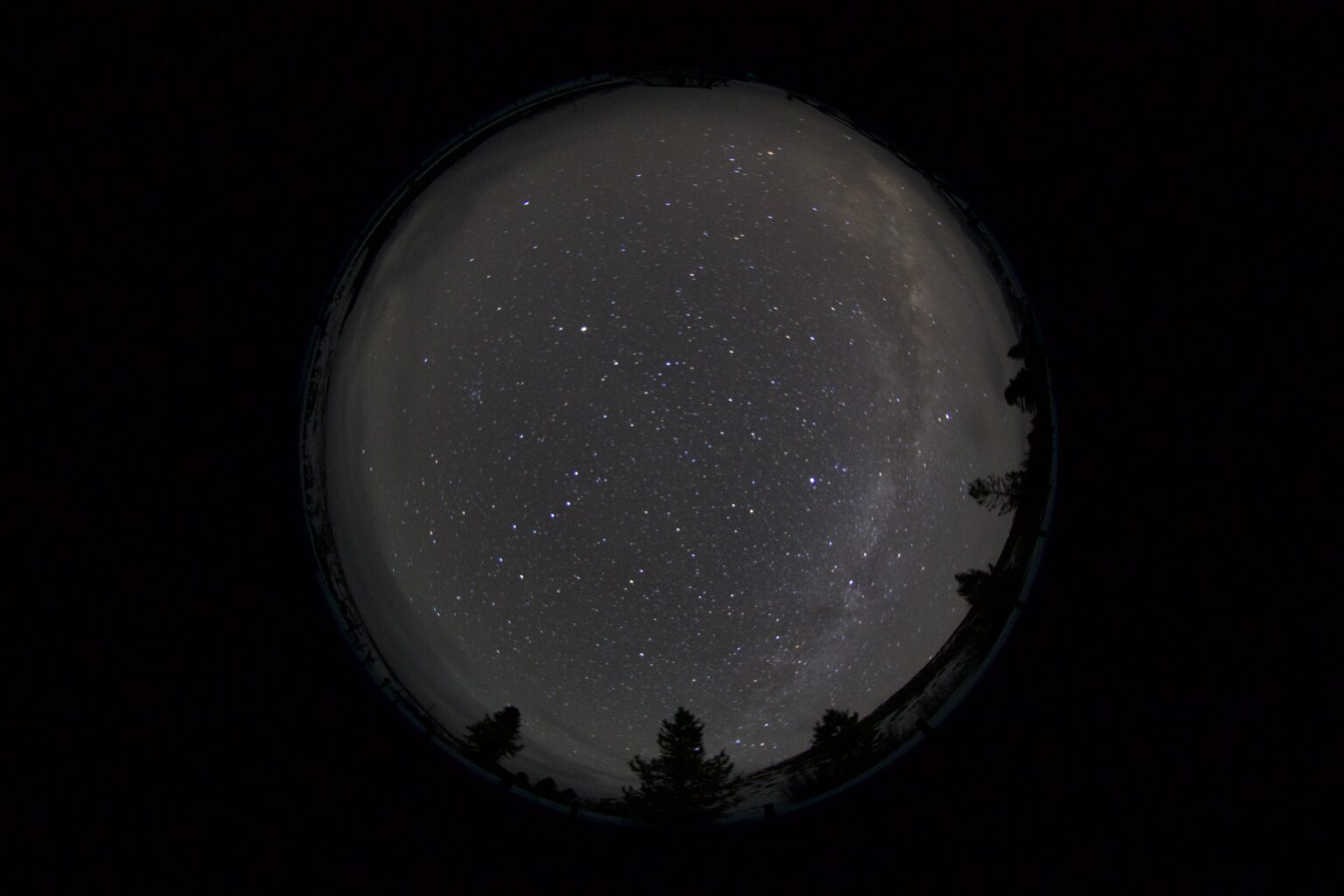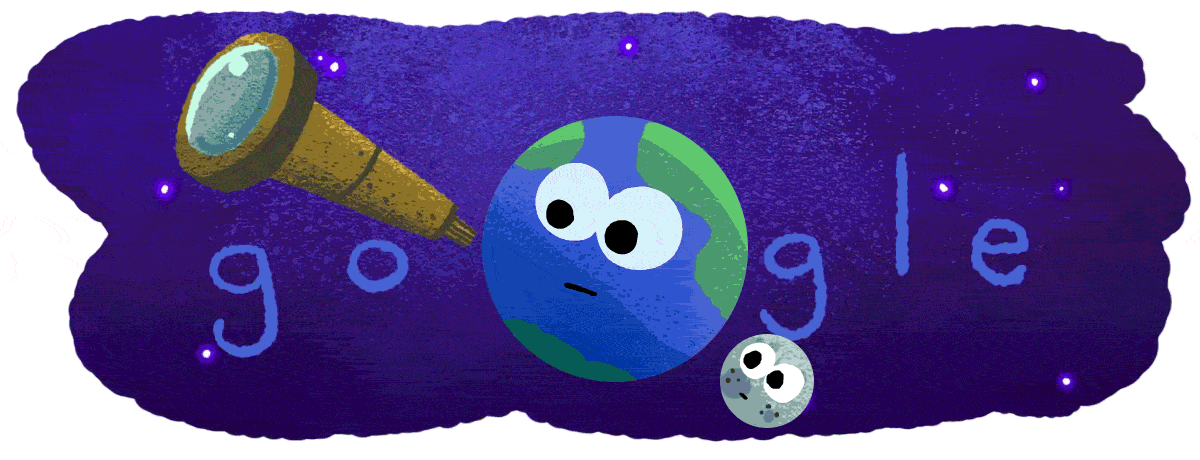
The dramatic growth of the Treasure Valley impacts more than just commute times. The glare from our shining cities also obscures the night sky. And, like other forms of pollution, light pollution respects no municipal boundaries. Treasure Valley’s bright lights and big cities are starting to affect the night skies in the nearby Central Idaho Dark Reserve (CIDSR). Here are some of the details of our local light pollution and ways we can help mitigate its effects.
Much of the information here comes from this report written by the students from the UCLA Institute of the Environment and Sustainability.
Continue ReadingEvidence of Long-term Period Variations in the Exoplanet Transit Database (ETD)
https://iopscience.iop.org/article/10.3847/1538-3881/ac959a


able 4. Model Comparison for Secondary Analysis—Data Variance for ETD Transit Times
| Target | Decay Rate | 1σ Unc. | BIClinear | BICdecay | ΔBIC |
|---|---|---|---|---|---|
| (ms yr−1) | (ms yr−1) | ||||
| WASP-12 b | −34.8 | 4.9 | 223.7 | 202.7 | −21.0 |
| HAT-P-19 b | −64 | 17 | 80.6 | 78.2 | −2.4 |
| TrES-1 b | −16.0 | 3.7 | 73.3 | 68.3 | −5.0 |
| WASP-4 b | −6.7 | 2.4 | 62.6 | 62.7 | 0.1 |
| TrES-2 b | −22.0 | 8.0 | 159.0 | 160.3 | 1.3 |
| TrES-5 b | −25 | 11 | 118.3 | 120.5 | 2.2 |
| HAT-P-32 b | −32 | 12 | 95.5 | 96.7 | 1.2 |
| WASP-10 b | −10.1 | 7.6 | 131.6 | 135.5 | 3.9 |
| WASP-43 b | 3.5 | 4.0 | 126.5 | 130.9 | 4.4 |
| TrES-3 b | 0.01 | 1.9 | 227.8 | 233.1 | 5.3 |

Update (2022 Dec 11) – Orion safely splashed down today about 10:40a Boise time! https://www.washingtonpost.com/technology/2022/12/11/orion-splashdown-artemis-mission/
I had a great time talking with “Idaho Matters” and Gemma Gaudette at KBSX this morning about the Artemis mission. Check out the questions and answers from the show below, and listen to the interview here.
Continue Reading